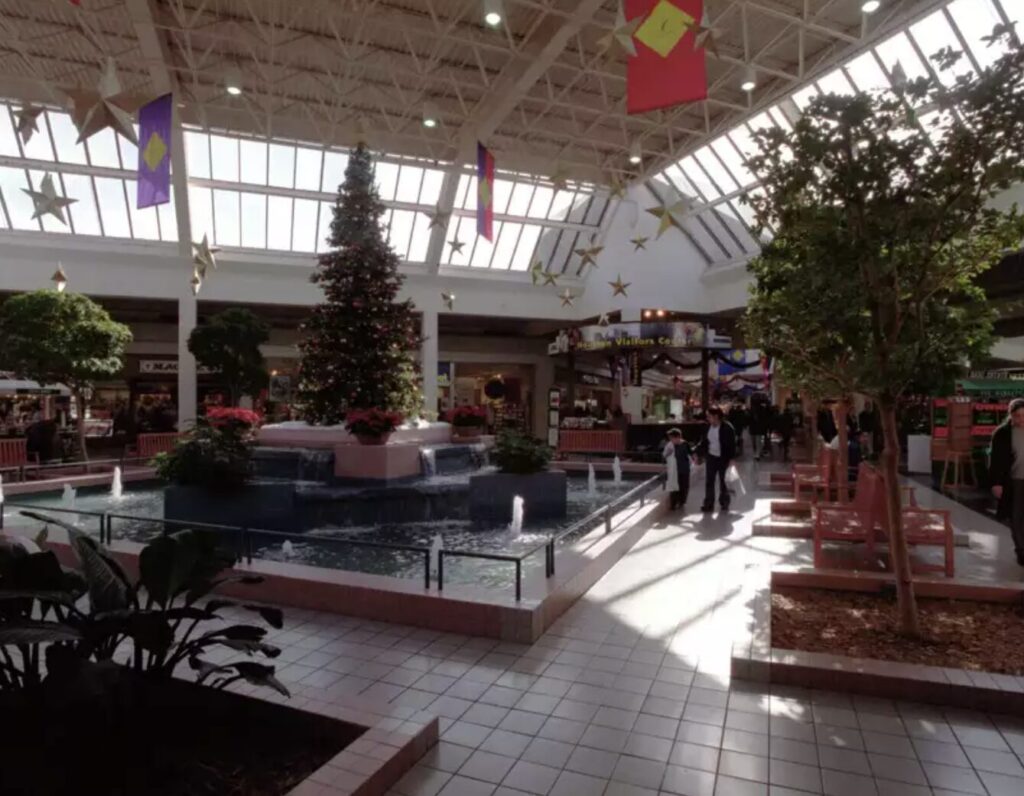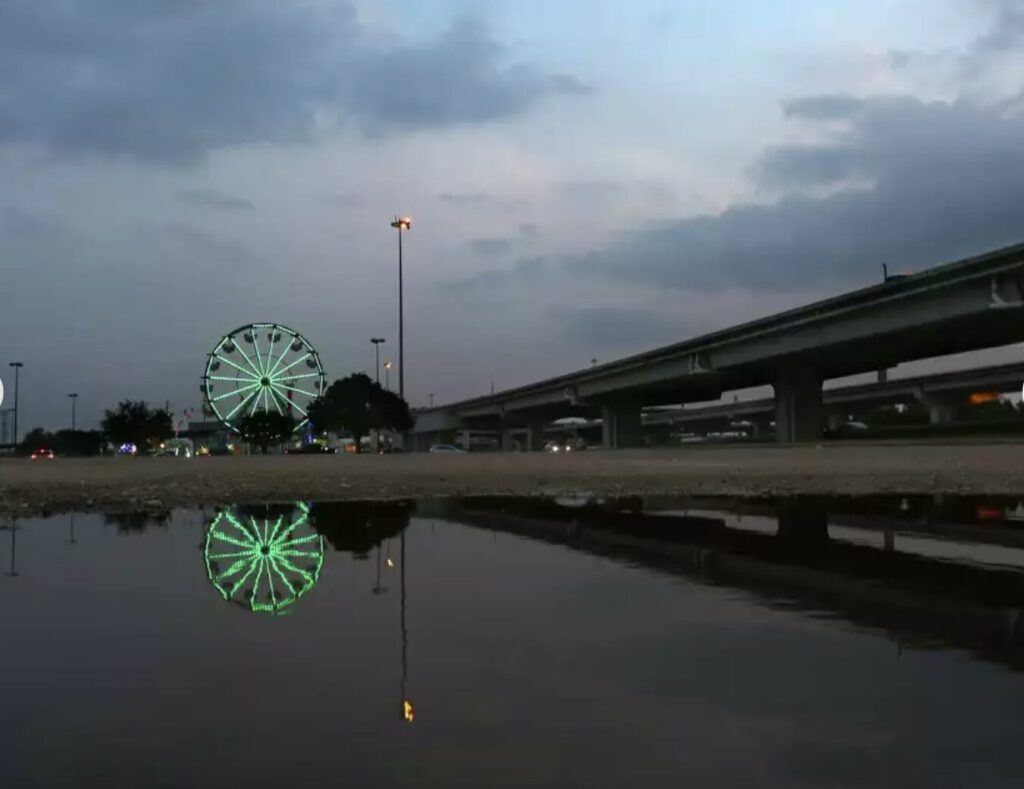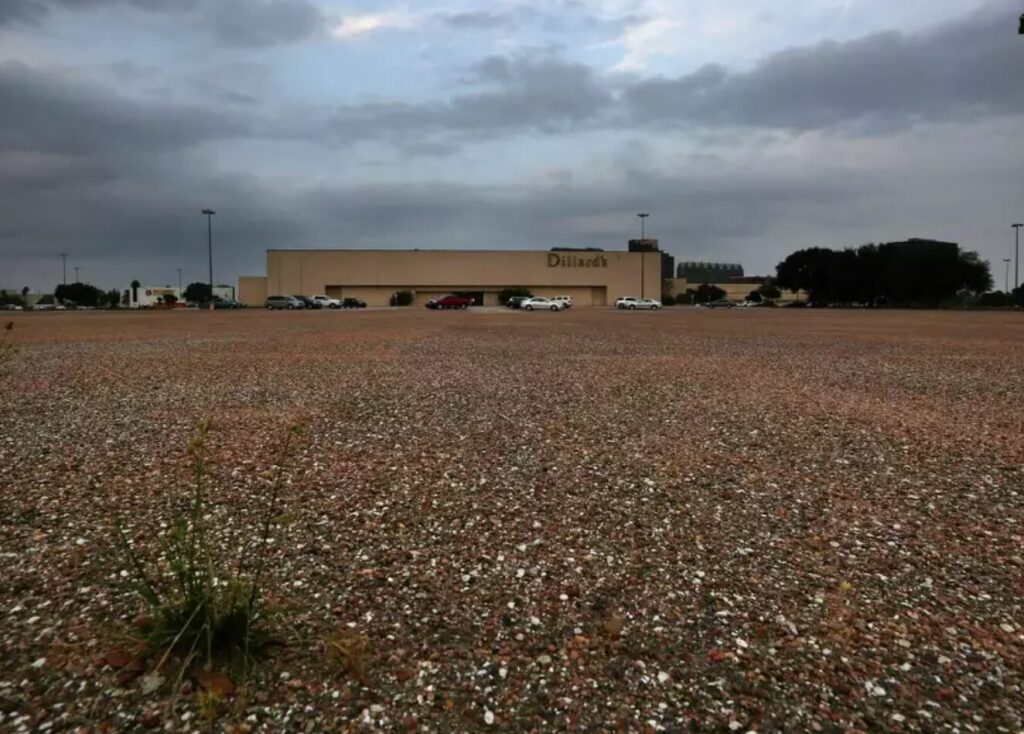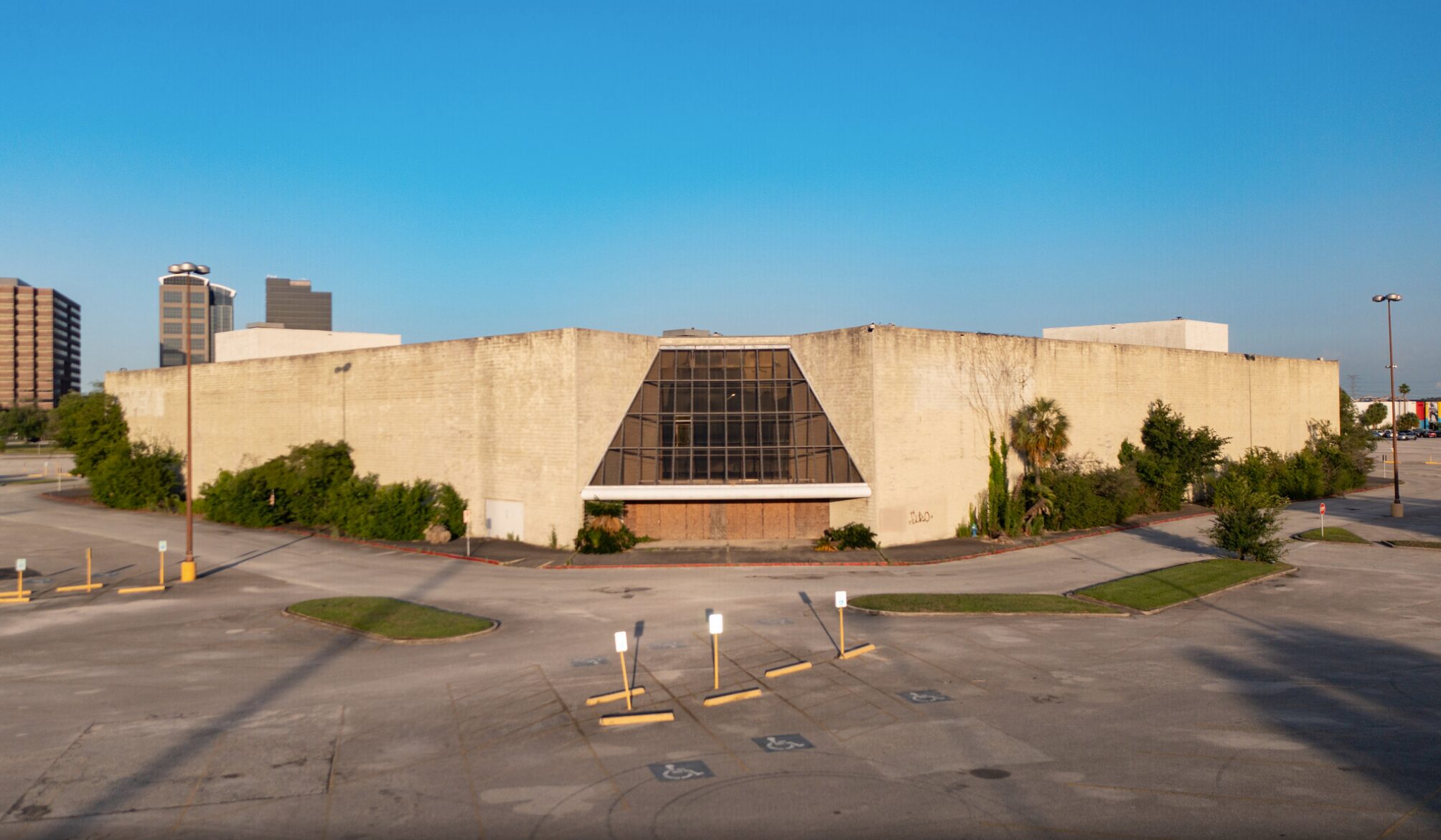
I grew up in a time when New York and Company were still known as Lerner’s. Where Mervyn’s was still thriving, and when stores like Wet Seal and 579 styled my entire teenage and early college years. The shopping mall, what a concept. The times when the food court and the arcade were the place to hang out when you weren’t at the skating rink or the movie theater. The mall, or as we called it the shopping center, was the place that brought my mom and I closer on the weekends, the place that bridged the gap between the fashion sense of my sister and I, the spot where my friends and I got to know each other through the racks of Bakers and Bebe, and the place where I met my first date, in Foot Locker. The mall was the birthplace of nostalgia for many of us raised in the 70’s through the early 2000’s.
In 1965, Northpark Center in Dallas was opened, and at the time of its inception, it was the largest climate-controlled retail establishment in the world. NorthPark is one of the few malls in the state still alive and thriving with approximately 200 stores and is currently known as the oldest shopping center in Texas. However, many others haven’t been that lucky.
Greenspoint Mall opened its doors in Houston in August 1976. It was anchored by major department stores such as Sears and Foley’s, and was the largest shopping center in the greater Houston area before the expansion of the Galleria in the 80’s. However, on July 30th of this year, Greenspoint Mall closed its doors for one final time. Greenspoint, once seen as a mecca of urban consumerism, opened in 1976 and remained a staple of Houston’s Northside for generations. When the closure was announced, many native Houstonians took to social media to share their favorite memories, even despite the mall’s obvious dilapidation over several years. Unfortunately, it doesn’t stop at Greenspoint.
West Oaks Mall located on Houston’s southwest side is also hanging on by its last leg. Once was what a bustling suburban shopping center just up the street from the Galleria is now gasping for breath and being held open by three bargain branded stores: Dillard’s Clearance Center, The Outlet, and Crazy Boss.
Between 2017 and 2022, an average of 1,170 retail centers were closed and the number of open malls decreased annually by 16.7%. There are currently an estimated 1,150 open shopping malls in the United States; however, some sources predict that by 2032, there might only be 150 malls left in operation.

But with the not-so-subtle decline of what was once our lifeline to the open market, one might wonder, how has the slow death of the traditional shopping mall shaped how we co-exist as consumers? The inevitable increase in online consumerism has undoubtedly been one of the main components of mall closures across the country. The ever-evolving domestication of the internet has changed the way we interact, the way we travel, and even the way we shop. We live in an era that encourages isolation under the guise of convenience, which was only amplified during the Covid-19 pandemic and beyond. It’s a world that’s run by conglomerates like Facebook, Uber Eats, and Instacart where we don’t have to leave our homes to socialize, eat out, or even make groceries…as my mama used to say.
From Greenspoint, to West Oaks, to Highland Mall in Austin which closed its doors in 2015, the face of how we shop is constantly changing. But that doesn’t mean that every “mall” or every “shopping center” is a failure.
When we think of malls, we usually think of elaborate enclosed establishments laced with intertwining stairs and elevators such as Houston’s Galleria, but over the years the term “shopping center” has been redefined and reinvented with the influx in the development of outdoor mixed-use and “luxury shopping” complexes such as LaCenterra of Cinco Ranch. These compounds consist of various restaurants, bars, and eateries, infused with a boutique-style shopping experience. They also usually include attached parking garages, and some will even have a concert venue or amphitheater, such as The Cynthia Woods Mitchell Pavilion of The Woodlands. Outlet malls have also become a huge part of the contemporary shopping experience. They are usually located on the outside of major cities such as Baytown (Houston) and Gonzales (New Orleans). They also usually have outdoor entrances and are comprised of major brands such as Calvin Klein and Polo, who ship the overflow merchandise from their anchor stores to their “outlet” brick-and-mortar locations to be sold at discounted prices.

And despite the changes in the physical market, independent entrepreneurs have also found alternative options through hosting events with pop-up shops and mobile stores at freelance vendor retail spaces.
Watching institutions such as Greenspoint Mall crumble is bittersweet. It’s hard to let the pillars of our past go because the experiences we share and the connections that we have to certain places and things have shaped us into the individuals we are today. That doesn’t mean that we can’t carry on those traditions in different spaces, with different generations. My 17-year-old son has access to so many different experiences than I did growing up, but every time he still asks to go to the mall (Katy Mills) with his friends, my heart smiles a little.
Evolution is inevitable, but nostalgia is forever..








